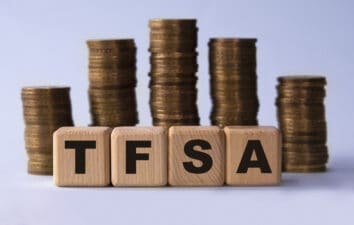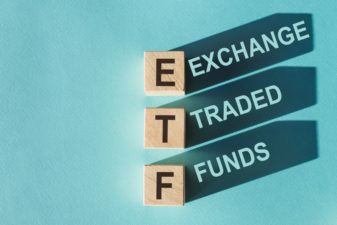The Tax-Free Savings Account (TFSA) is a valuable tool for Canadians to save and invest without having to pay taxes on the growth or withdrawals. And often we talk here at the Motley Fool about how one day, you could turn that TFSA into a million-dollar account!
However, missteps in managing a TFSA can lead to unexpected penalties and complications with the Canada Revenue Agency (CRA). Let’s go over some of the most severe and an easy way around it.
1. Contributions
Misunderstanding how the contribution room works, especially after making withdrawals, can lead to inadvertent over-contributions. Each withdrawal creates additional contribution room for the following year, not the current year. Missteps here can lead to penalties.
Exceeding the annual contribution limit is a common error. The limit for 2024 is $7,000 and $95,000 in total for those who were at least 18 in 2009 and have never contributed. Any unused contribution room can be carried forward from previous years. However, some investors miscalculate their available room, especially if they have made withdrawals. Over-contributing to a TFSA incurs a penalty tax of 1% per month on the excess amount. This can quickly add up if the over-contribution is not corrected promptly.
How might you over-contribute? It’s likely through business activity. Some investors use their TFSA to conduct business activities, such as operating a small business or day trading. Business income generated within a TFSA is fully taxable. The CRA takes a close look at accounts with high-frequency trading or those that appear to be run as a business.
2. Transactions
The type of trading activity will also be looked at by the CRA. Engaging in frequent trading within a TFSA with the intention of generating short-term profits can be problematic. The CRA may view this as running a business, which is not allowed in a TFSA. If the CRA determines that the TFSA is being used for business activities, the income generated from such trading will be subject to taxation at the highest personal income tax rate.
Furthermore, investing in non-qualified assets such as private company shares or certain types of bonds can lead to penalties. Investors might inadvertently purchase these through their TFSA without realizing they are non-qualified. The CRA imposes a penalty tax of 50% of the investment’s fair market value at the time it was acquired if it is found to be non-qualified.
Finally, performing swap transactions to move investments between registered and non-registered accounts to optimize tax benefits can lead to penalties. Swap transactions designed to increase the value of a TFSA can attract penalties from the CRA.
How to avoid it
Now that I’ve scared the pants off you, there is certainly a way to avoid all this. Using a TFSA safely involves adhering to CRA guidelines and focusing on a long-term investment strategy that maximizes tax-free growth while minimizing risks. Investors should prioritize qualified investments such as diversified ETFs, mutual funds, blue-chip stocks, and government or high-grade corporate bonds. These investments offer steady growth and lower volatility compared to speculative assets. It’s also crucial to avoid frequent trading and business activities within the TFSA to prevent potential penalties.
In this case, Royal Bank of Canada (TSX:RY) is an excellent investment option due to its robust dividend yield and long-term growth strategy. The bank has a history of paying consistent and growing dividends, making it an attractive choice for income-focused investors. As of 2024, Royal Bank’s dividend yield is at 3.68%, and it has a strong track record of annual dividend increases, demonstrating its commitment to returning value to shareholders.
Plus, Royal Bank’s long-term growth strategy sets it apart. The bank is actively investing in technology and innovation to enhance customer experience and operational efficiency. It has a diversified business model with strong performance across retail banking, wealth management, and capital markets. Furthermore, its expansion into international markets, particularly the United States, offers significant growth potential.
Foolish takeaway
Don’t fall for these CRA traps. If you really want a million-dollar TFSA, it’s going to take time. Don’t try day trading, risky investments, or over-contributing. It could cost you. Instead, take the long-term approach, reinvesting dividends as you go and making that million the right way.







